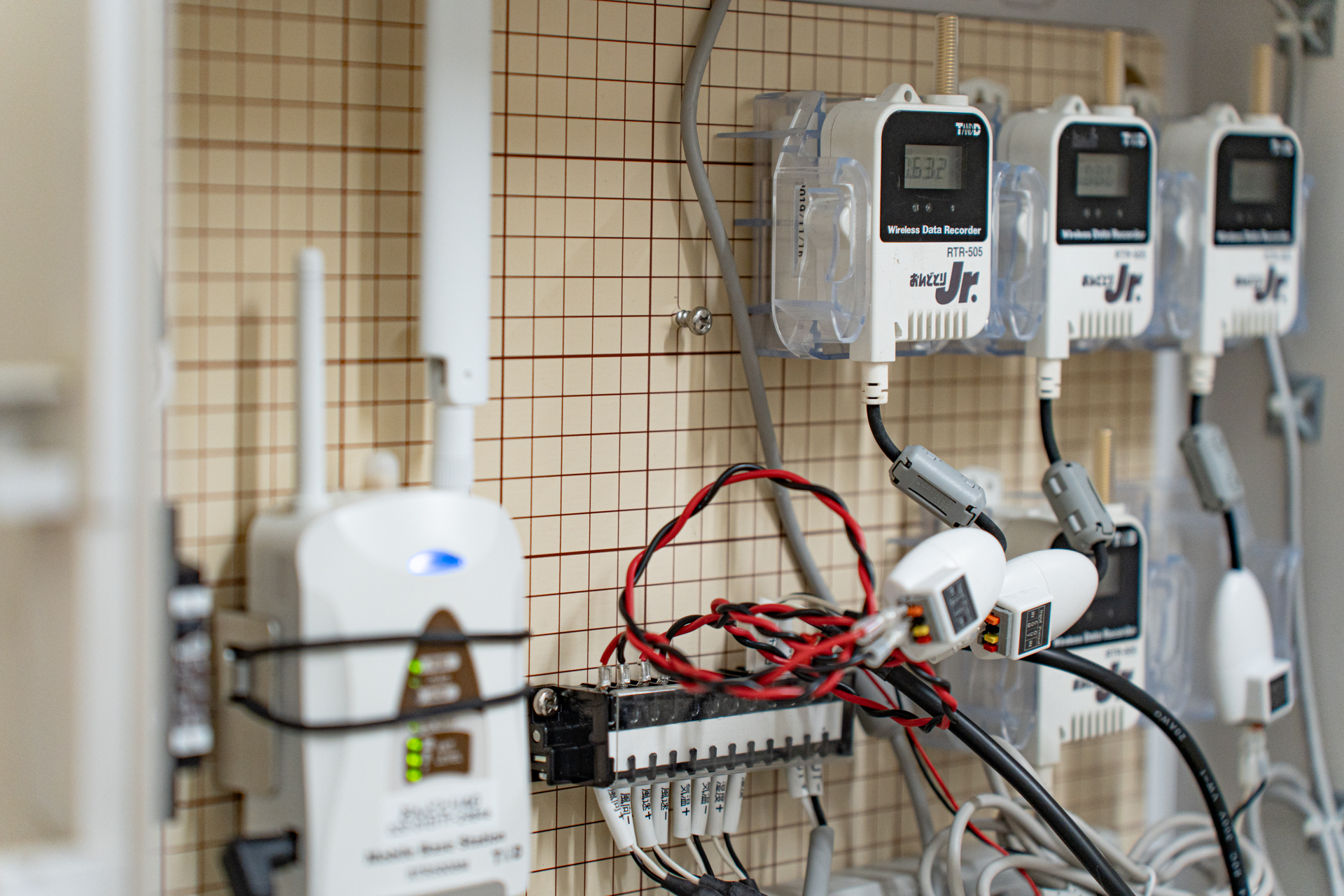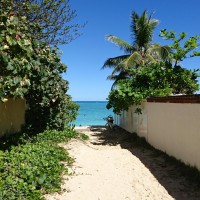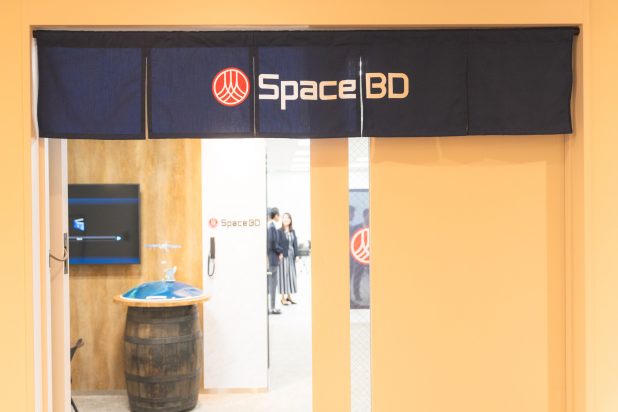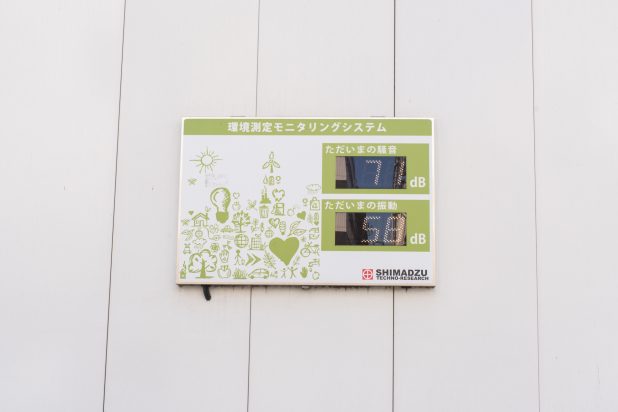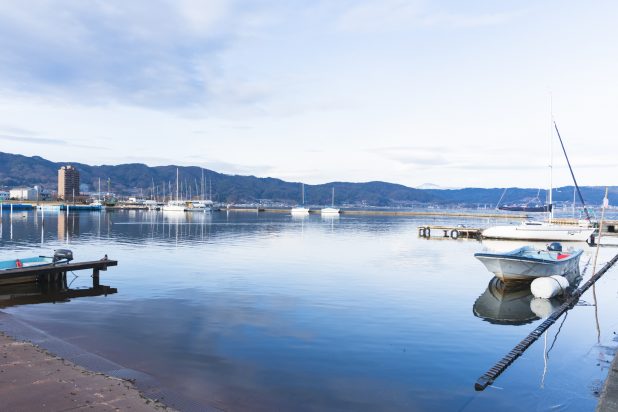Note: Names of organizations, offices, departments, etc. in the article are as of when the article was first published.
Many people know “Ondotori” as a data logger for recording “temperature” from its name which includes the word “ondo” or temperature in Japanese.
In Japan, our data loggers are often referred to as “Ondotori”. “Ondo” here is Japanese for “temperature” and “tori” expresses a “thing that takes”, so a “thing that takes temperature”. But the name “Ondotori” when using different Japanese characters means to take a leadership role.
The name reflects our wish to take a leadership role in the world of data loggers.
Although not as well known as our temperature loggers, there are several models in the Ondotori-Series that can measure and record data other than temperature.
Using a wide variety of sensors, these models measure and record voltage, current (4-20mA), and pulse signals.
They can record these values as noise (dB), wind speed (m/s), rainfall (mm), etc…. Furthermore the measurements can be recorded and saved to the cloud for easy monitoring of these values; making them useful across various industries.
In this issue, we would like to introduce a case in which our data loggers are being used for measuring more than just temperature.
We visited Kankyo Gijyutsu Center Co., Ltd. in Matsumoto City, Nagano Prefecture, and spoke with the director, Mr. Morimura.
The company has been using our loggers for environmental measurements for more than ten years, and is using our free cloud storage service, called T&D WebStorage Service for smart data management.
| Date | October 4, 2023 |
|---|---|
| Place | Kankyo Gijyutsu Center Co., Ltd. |
| Models in Use | RTR500BM, RTR505BL, MCR-4V, VR-71 |
| Purpose | For measuring and recording various environmental measurements such as noise, vibration, rainfall, water level, and so on |
Q: Could you please introduce your company, Kankyo Gijyutsu Center Co., Ltd?
Mr. Morimura: We mainly provide construction and environmental consulting services. Our main business is conducting environmental assessments for the construction of waste-related treatment facilities and general waste incinerators, as well as construction management for their demolition.
At the same time, as an environmental measurement certification office, we also conduct surveys and analysis of air, water, soil, noise, and vibration.
While most construction and environmental consultants only provide consulting services, we aim to be a comprehensive consultant that can also conduct surveys and analysis on its own.
In this field, many companies separate research and analysis from their own work, and if research or analysis is necessary for consulting, it is common to outsource that part of the work.
We used to do only research and analysis, but now we are able to offer all services to our clients as a sort of one-stop shop.
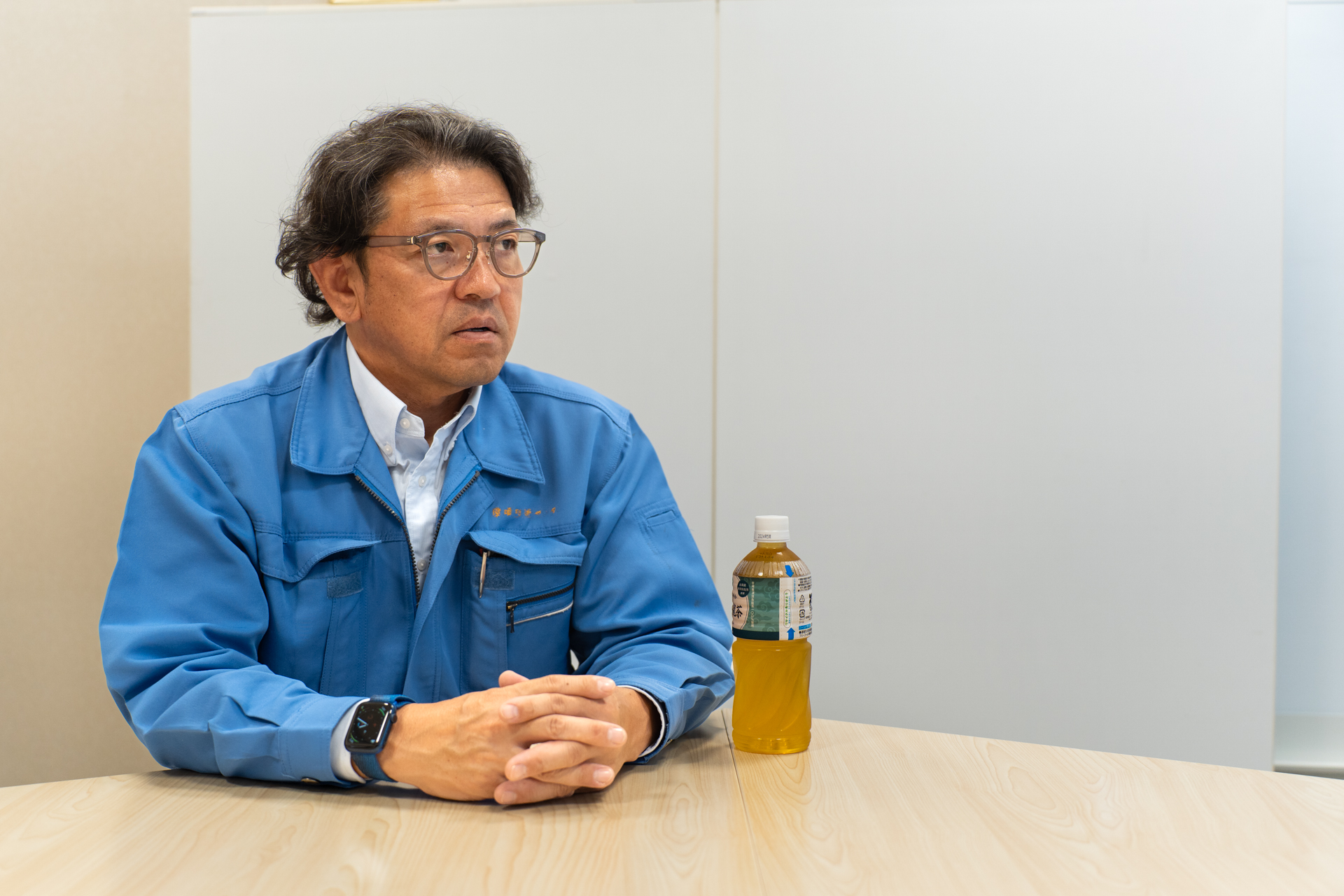
Q: What kind of sensors are you using with our loggers?
Mr. Morimura: We use sensors for noise, vibration, wind speed, wind direction, dust, rainfall, groundwater level, air quality (NOX, SO2, SPM, PM2.5, etc.), and others.
These sensors can output their readings as voltage, current (4-20mA), or pulse.
We also sometimes measure temperature by using sensors that measure and convert temperature to voltage and that output voltage can then be read by a T&D voltage-type data logger and have those values output into temperature.
――Why go to such trouble to measure temperature via voltage? Temperature measurement is our specialty (laughs).
Mr. Morimura: Because there are sites where we are required to use thermometers with the Japan Meteorological Agency certification, which are not in T&D’s lineup, and we want to manage that temperature data, along with other elements, via T&D WebStorage Service.
We have a device that sucks in air to measure dust, and we have attached an RTR505B for voltage measurement and a current clamp to this device to perform alive monitoring.
If this equipment stops running for some reason, we will not be able to measure dust and we need to make sure that it is always running.
――Some customers use this method to monitor refrigerators and freezers to make sure that equipment is always on and running.
Although simplified, it is an easy way to detect sudden equipment failures.
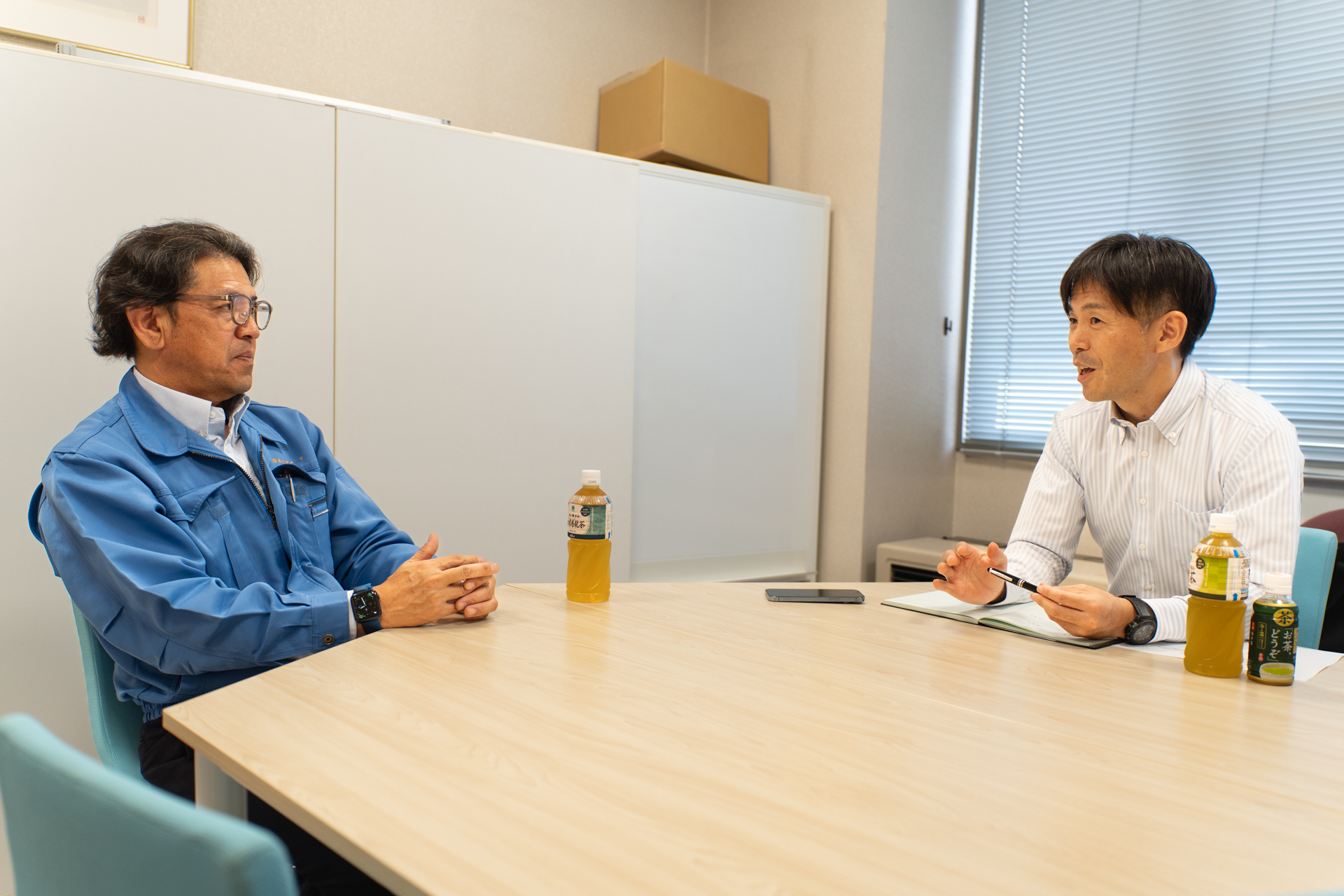
Q: What made you decide to use our data loggers for environmental measurements?
Mr. Morimura: In the past, few environmental measurement instruments were equipped with a data storage mechanism, or logging function.
Most data was recorded on chart paper, and we had to read the paper data and compile it into a report.
This was time-consuming, and we wanted something that could capture data digitally, so for a while we used your VR-71 (2-channel type voltage data logger) for recording.
One day, however, we received a request from a general contractor who wanted to see noise and vibration at a demolition site in real time.
We looked around and found that there were several specialized systems available, but they required wiring from the demolition site to the PC in the office, and because of this, they were very expensive and not practical or affordable.
When we consulted with your company, we were told that combining the RTR500MBS-A, RTR-505(*) with T&D WebStorage Service would be easy using wireless communication, and so we began using those loggers for environmental measurements.
*NOTE: RTR500MBS-A and RTR-505 models have been upgraded to RTR500BM and RTR505B, respectively.
――With the RTR-500 Series (RTR500B Series), data can be downloaded via wireless communication and sent to the cloud using a mobile line, so there is no need for wiring and it is easy!
Mr. Morimura: When conducting weather observations, we often measure in remote locations, and we may collect data continuously for a year or more.
Being able to monitor data from remote locations is important, but actually being able to check if the measuring equipment stops unexpectedly is a big advantage.
It would be a shame to have to take continuous measurements for a year only to find that the measuring instrument has stopped due to a malfunction.
Usually, we go to the installation site to inspect the equipment once a month or so, but even then we may not notice for up to one month if the measuring equipment has stopped.
In fact, in the past there were times when we went to the site and found that the measuring equipment had stopped, and we thought, “This is not good!”
However, by using your loggers, we receive an alert e-mail if there is an abnormality in the measured values, and if the data is not uploaded to T&D WebStorage Service, we can immediately rush to the site to inspect or replace the equipment, so it is very useful.
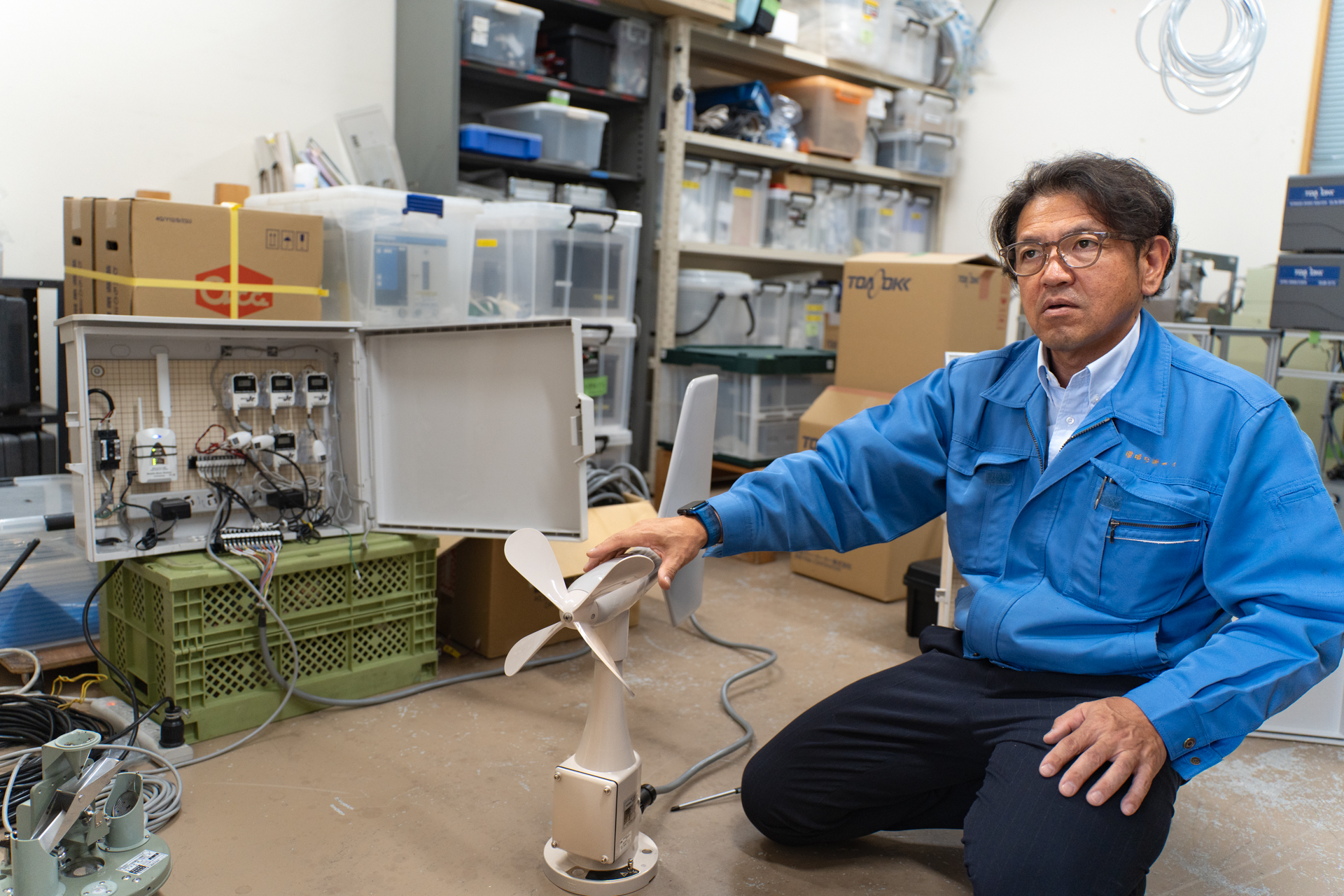
Q: Is there a system you can think of that is “THE PERFECT remote monitoring system for environmental measurement”?
Mr. Morimura: I can’t think of any system that is the definitive environmental measurement system.
I think everyone is using a combination of various products to make measurements.
As I mentioned earlier, there are dedicated systems that aggregate measurement data, but they are not very affordable.
If you include the cloud service fee, it can cost several million yen.
Q: How do you feel about using our loggers?
Mr. Morimura: Using T&D loggers has made remote monitoring both easy and cost-effective.
Our employees recognize that it is user friendly. All they have to do is bring a sensor, connect it to a logger, and turn it on.
The software is well-developed, so scale conversions are easy to perform.
Some people feel that it is difficult to understand why voltage (V) or current (mA) output from a sensor can be converted to temperature (°C), noise (dB), or wind speed (m/s), but T&D’s software makes it very easy to set up.
The places where we perform environmental measurements, such as at demolition sites of cleaning factories, rarely have a network environment.
Even in such places, RTR500BM can be used as long as a cell phone connection is available.
Even if AC power supply is not available for the RTR500BM, we have created a power supply unit that combines solar panels and storage batteries, so it can be used without problems even in places where it may seem difficult to install the equipment.
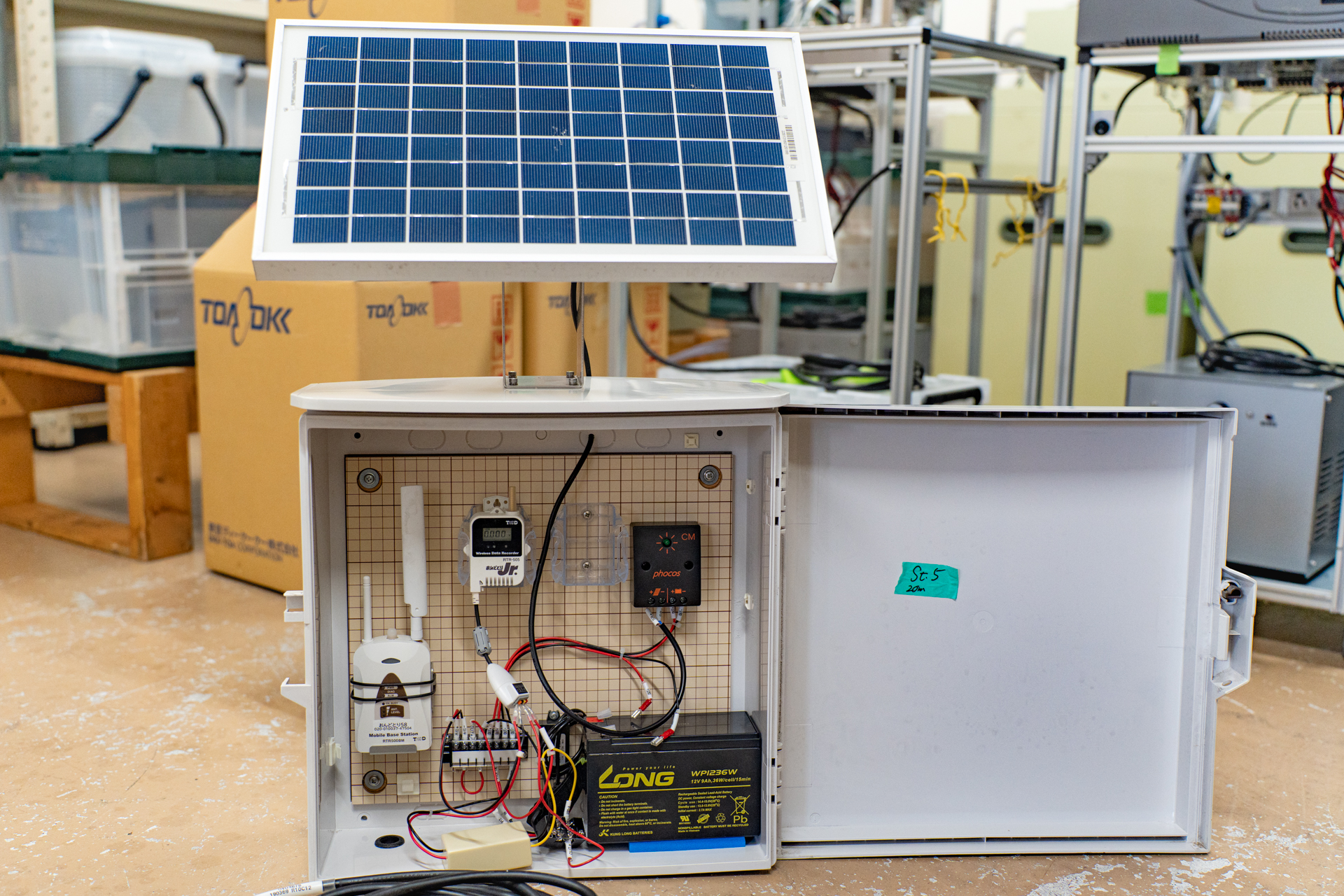
Q: Finally, do you have any comments or requests for us at T&D?
Mr. Morimura: It would be great if it were possible to change the wireless short-wave radio frequency channel using Bluetooth communication from a cell phone.
There are times when other short-wave radio communication devices are being used at construction sites, and the waves from those devices and the T&D loggers interfere with each other, resulting in communication errors.
In such cases, we need to change the frequency channel of the logger at a moment’s notice, so it would be very helpful if we could easily make those settings from our smartphones.
Another point is that, although the dashboard display of T&D WebStorage Service is a great feature, it would be nice if a larger number of devices could be registered as favorites.
At demolition sites, there is a use for displaying vibration and noise values during work on large monitors and digital signage for nearby residents, and there are sites where this dashboard screen is displayed as it is.
In such a case, at least 8 dashboard screens are required to display vibration and noise values for each of the 4 locations (east, west, south, and north).
Currently, the number of favorites that can be registered on the WebStorage dashboard is 6, so it would be great if more favorites could be registered.(*)
*NOTE: After this interview, we took his suggestion and increased the maximum number of devices that can be registered in the Watch List on the Dashboard from 6 to 18.
――Thank you for your valuable and useful input.
With the labor shortage, it has become increasingly difficult for companies to go to sites to collect measured data.
Also, during the covid pandemic taking care of all kinds of business tasks remotely became second nature and the ability to automatically collect and monitor data from remote locations without going to the trouble of visiting sites has become an increasingly significant advantage.
This year, our data logger we call “Ondotori” will celebrate 30 years since its launch.
We are happy to say that over those 30 years, with the support of many customers and with the help of its easy-to-remember name, “Ondotori” has become widely recognized as THE name in temperature data loggers.
From here on, we hope that “Ondotori” will be recognized as a multi-functional logger, not limited to only temperature.
Why not use “Ondotori” to manage various types of data in an easy efficient smart way?
